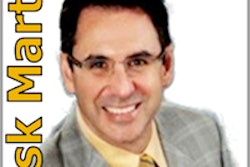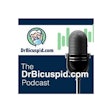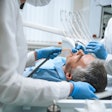Dental practitioners are in a unique position to aid children with fetal alcohol spectrum disorders (FASD) because they often see patients on a more frequent basis than a physician. As a result, many dentists are now learning how to spot orofacial characteristics that often affect children with FASD, according to an article in AGD Impact (September 2010, Vol. 38:9), the monthly newsmagazine of the Academy of General Dentistry (AGD).
FASD is an umbrella term that describes the range of effects that can occur in a person whose mother drank alcohol while pregnant. Each year, FASDs affect an estimated 40,000 infants in the U.S.
Defects caused by prenatal exposure to alcohol have been identified in virtually every part of the body. These areas include the brain, kidneys, heart, ears, bones, and face.
A thin upper lip, a smooth philtrum (the depression between the nose and upper lip), and a flat nasal bridge are all potential signs of FASD. In some cases, recognition of these specific orofacial characteristics can help lead to an accurate diagnosis, because other manifestations of FASD, particularly cognitive and behavioral ones, overlap with those of many other conditions, such as attention-deficit disorder/attention-deficit hyperactivity disorder (ADD/ADHD) and autism.
"Dentists are a critical part of each family's healthcare team, and by learning the orofacial cues of FASD, not only can we provide the best care to children with the condition but also help the child's primary care physician to diagnose patients early on," said Peter Bastian, D.D.S., spokesperson for the AGD, in a press release. "An early diagnosis of FASD can improve the way in which the child's physician tailors the patient's treatments and visits to the office, as well as to improve the patient's overall care. Because of their disabilities, patients with FASD often have special needs that require supportive services."
A proper diagnosis also aids the dentist in his or her patient treatment plan. "Oral challenges that dentists may face with children who have FASD include widespread cavities; mouth breathing caused by facial deformities, which leads to dry mouth; and jaw joint disorders," Dr. Bastian said.
Copyright © 2010 DrBicuspid.com



















